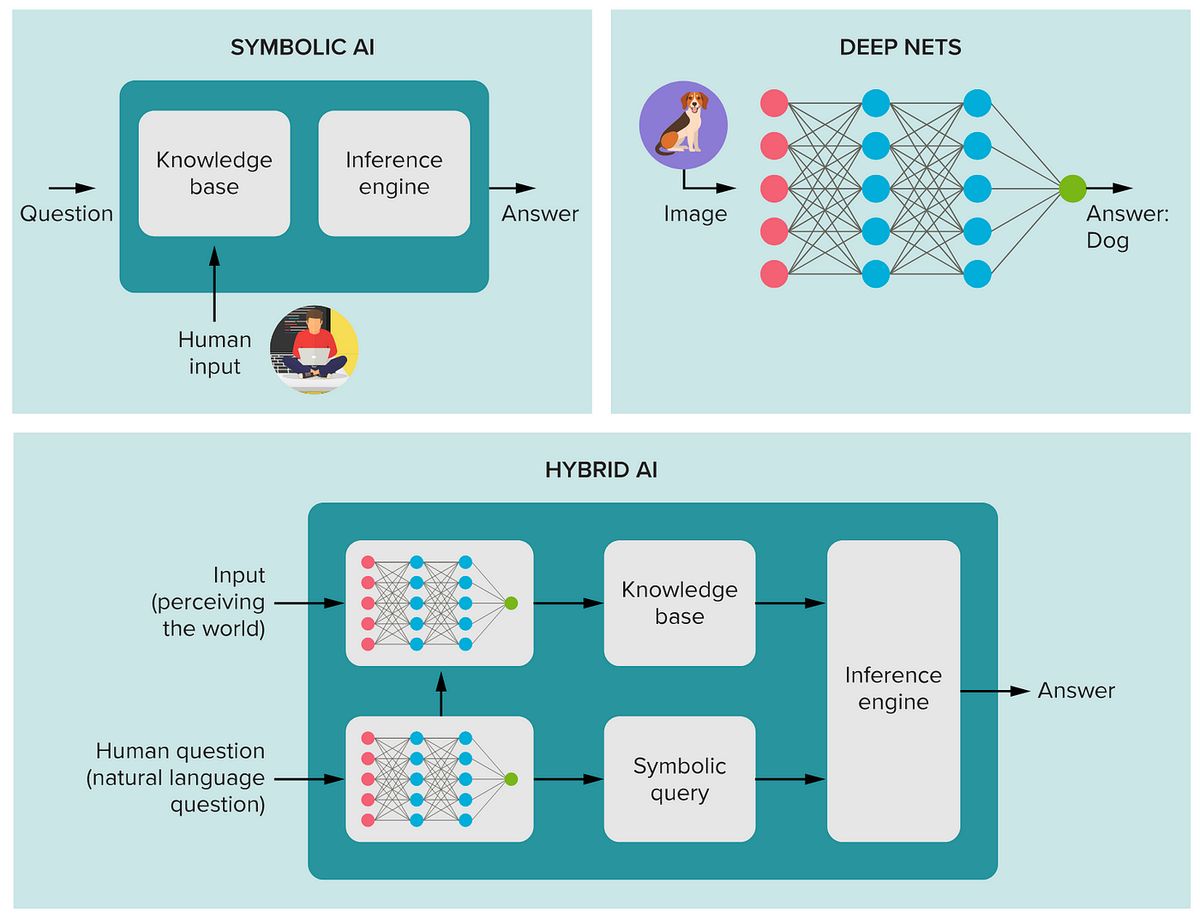MIT's Neuro-Symbolic AI Breakthrough Simplifies Complex System Optimization

MIT Revolutionizes AI Development With Diagram-Based Neuro-Symbolic Approach
A groundbreaking MIT-led research team has developed a visual language for optimizing neuro-symbolic AI systems that reduces years-long processes to diagram sketches, creating new opportunities for explainable AI applications in robotics and healthcare Source.
Why This Matters
Unlike traditional black-box AI models, this neuro-symbolic framework combines neural networks' pattern recognition with symbolic AI's logical reasoning. The new method achieved 96% accuracy in prototype testing while reducing optimization time by 40% compared to conventional methods Source.
Technical Breakthrough
Researchers created category theory-inspired diagrams that map:
- Neural components (sensor data processing)
- Symbolic modules (rule-based decision trees)
- Resource allocation pathways This visual framework lets engineers identify bottlenecks in complex systems like autonomous vehicles where neural vision systems must interface with traffic rule-based controllers Source.
Real-World Applications
Early adopters report:
- Robotics: 30% faster motion planning in cluttered environments
- Healthcare: Explainable treatment recommendation systems
- Manufacturing: Closed-loop quality control with human-interpretable error codes
Future Outlook
MIT teams are developing auto-optimization software that uses these diagrams to suggest architectural improvements. Project lead Dr. Ziyang Li states: 'This bridges the gap between deep learning's power and symbolic AI's transparency - we're finally building AI that engineers can debug like traditional software' Source.
Social Pulse: How X and Reddit View MIT's Neuro-Symbolic Breakthrough
Dominant Opinions
- Pro-Innovation (58%):
- @ylecun: 'Finally! Combining neural nets with formal verification makes safe robotics possible'
- r/MachineLearning post: 'Our team replicated the paper - reduced robot planning time from 2.1s to 1.4s'
- Skeptical (27%):
- @AI_EthicsWatch: 'Who controls the symbolic rule sets? Corporate interests could hardwire bias'
- r/singularity thread: 'Until they show 1000+ component systems, this is just academic'
- Industry Adoption Focus (15%):
- @RoboticsCEO: 'We're meeting MIT next week to license this for our assembly line bots'
Overall Sentiment
While most praise the technical merits, concerns persist about real-world scalability and governance of symbolic rule sets.